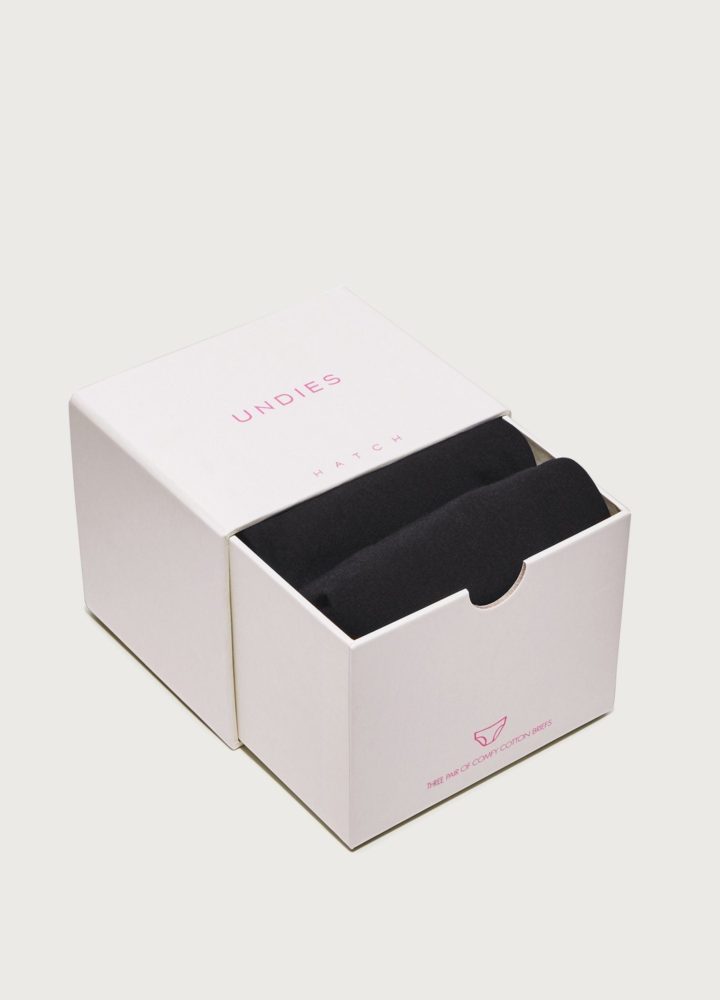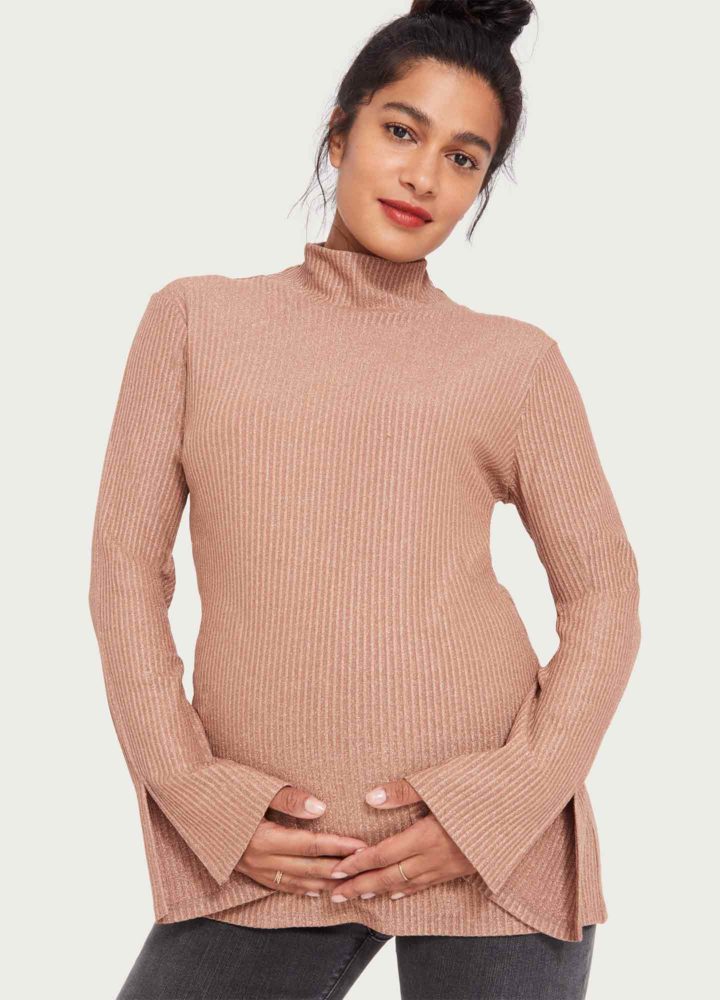When it comes to shopping for a breast pump for your pumping sessions, it can feel like there are a million things to consider. Should you go double or single, manual or electric? How do they work, and is there at least a small chance they’ll be comfortable?
Some pumps come with rechargeable batteries, others have special features to make them portable, and others come with varying suction levels.
It’s totally normal to feel overwhelmed by all the options, but don’t worry, mama — we’ve got you covered with a complete guide to everything you need to know about choosing the best breast pump for you.
What Are the Main Pump Parts?
Shopping for an at-home or portable breast pump to increase your milk supply is a little more complicated than buying, say, a maternity turtleneck. It helps to understand the basic parts and different types of pumps before choosing one to ensure that you’re buying the breast pump that best fits your needs and desires.
No matter what type or features they offer, there are a few main parts in every breast pump:
- Breast shield — The breast shield is a protective silicone flange shaped like a cup that fits over your nipple and areola. Pump companies make different flange sizes, so it’s easy to find one that fits you.
- Pump — the pump is usually attached to the breast shield or connected by plastic tubing. It creates a gentle vacuum that helps with milk production.
- Milk container — The milk container collects milk from the pump and can be either a disposable bag or a reusable baby bottle.
When shopping for the best breast pump for you, look at the quality of these features. How comfortable does the breast shield look and feel? Do you want a reusable or disposable milk container (or both)?
Answering these questions can help you decide which breast pump is best for you.
What Are the Types of Breast Pumps?
There are a few different types of breast pumps, each with its own pros and cons. They are:
- Manual breast pumps — These types of breast pumps require you to manually squeeze a lever or handle in order to pump milk. Once you place the breast shield on this wearable breast pump over your nipple, you squeeze the lever or handle, and it creates a suction that pumps milk into the milk container.
- Single electric pumps — Electric models can be either battery-powered or come with an adapter to plug into an electric outlet for daily or occasional use. A small motor will do the pumping instead of you, which can be convenient — let the pump do the milk collection while you sit back and relax!
The nice thing about electric pumps is that they often come with a control panel to switch up the pattern of suction. This can help you find a pattern that closely mimics how your baby feeds, including stimulating let-down, the reflex that causes you to express milk in the first place when your nipples are stimulated.
Breast pumps can also be single, meaning they pump from one breast at a time, or double, meaning they pump from both breasts at once. Manual and battery-operated pumps are usually single pumps, while electric pumps are more likely to be double.
You’ll also want to find out if the breast pump is an open-system or closed-system pump, meaning it features a barrier to prevent overflow milk from spilling into the rest of the pump.
Although the vacuum action of the pump makes it impossible to have a 100% closed system, finding one that is as close to fully closed as possible can make the pumping process safer and more hygienic while helping you avoid mastitis or similar conditions. In addition, it can be helpful to find a pump with an extended warranty in case it breaks or malfunctions.
What Should You Consider Before Buying a Breast Pump?
The most important thing about a breast pump is not its price point or power source but that it meets your individual needs. So, the most important thing to do before going breast pump shopping is to consider how, when, and where you’re likely to use it.
By answering these simple questions, you can narrow down your options and make the whole process a lot less overwhelming.
First, consider how you’ll use the pump.
Are you planning on using it in addition to breastfeeding, or will you only pump milk? Are you planning on returning to work at some point, or do you have any upcoming trips that mean you’ll be away from your baby for several hours or days?
If so, you’ll want to look for a type of breast pump that comes with plenty of storage bags and is easily portable in a tote or purse.
If you are mostly pumping at home, then perhaps you’ll want to go with a double electric breast pump since you can easily access an outlet to plug it in. The efficient hands-free pumping might save you a considerable amount of time!
On the other hand, if you think you’ll often be pumping on the go, you might want to consider a manual or battery-powered breast pump (and bring along an extra battery pack!). The last thing you want is to find yourself desperately needing to pump and get stuck with a breast pump that’s out of battery.
Most Important of All: Your Own Comfort
Pumping breast milk can be an extremely personal (and occasionally stressful) experience. At the end of the day, choosing a breast pump is just like choosing which panties to buy: it’s less about style and all about comfort.
Before buying a breast pump, look at the instruction manual. Is it easy to understand? Do you feel comfortable about figuring out and operating this particular breast pump?
Breast pumps are often sold with only one size of the breast shield. Check the manufacturer’s website to see if you can exchange the breast pump for a different texture or size in case you’re not in love with the one it comes with.
And, of course, if you try out a specific breast pump and don’t feel comfortable with it, don’t be afraid to try out another.
Most companies won’t allow you to return breast pumps, but breast pumping is an intimate experience, and having a breast pump that you feel comfortable with and enjoy using is well worth the extra money of finding the right one for you.
Paying for Your Breast Pump
Breast pumps can be pricey, especially if you opt for a double electric pump. Since they’re classified as medical devices by the FDA, it’s possible your health insurance may cover the cost. Definitely check with your insurance company before buying one to see what specific models and features they cover.
Some women opt to buy secondhand or used pumps that were previously used in the local NICU or maternity ward. If you decide to do this, look for a closed-system breast pump since these tend to be much more hygienic than a pump with no barrier to prevent milk overflow.
You’ll also want to make sure you thoroughly clean the pump, including:
- Washing each piece with warm water and soap
- Rinsing in hot water for at least ten to 15 seconds
- Letting each piece thoroughly air dry on a clean towel or drying rack
In addition to cleaning a used pump before you put it to work, you should also clean it as soon as possible after every use.
Breast Pump Accessories
Having to find a space to pump breast milk can be stressful when you’re out and about or having a hectic day — trust us, we’ve been there! But investing in the right accessories can help make this process a bit less time-consuming and much easier for you.
Consider buying a few comfy nursing and pumping bras, so you can pump on the go without having to completely strip. The right pumping bra can help protect your privacy, even when pumping in a more public place.
And while breastfeeding and pumping can be an incredible experience, it’s no secret that it also can be painful AF! Skincare for your nipples and areolas can help improve your comfort and make this process as easy as possible for both you and baby.
Finally, anti-leakage pads to put under your bra can help prevent those annoying wet spots and leaks from getting the best of you in between pumps. Eventually, you’ll get into a pumping routine, but at first, you might need a bit of practice.
Get Pumped for Postpartum!
It’s important to find a process and a breast pump that most closely matches your needs and that you feel super comfortable with!
Whether that means a manual pump that you can take with you on the go, a double electric pump that does all the work, or something in between is completely up to you. Of course, you can always talk to your healthcare provider or an IBCLC (lactation consultant) if you need help making the decision.
Spend some time thinking about your pumping needs, and choose the breast pump that fits those the best. Your breast pump will save your life during hectic or stressful days, and it’s well worth the investment to find one that you love!
Sources:









